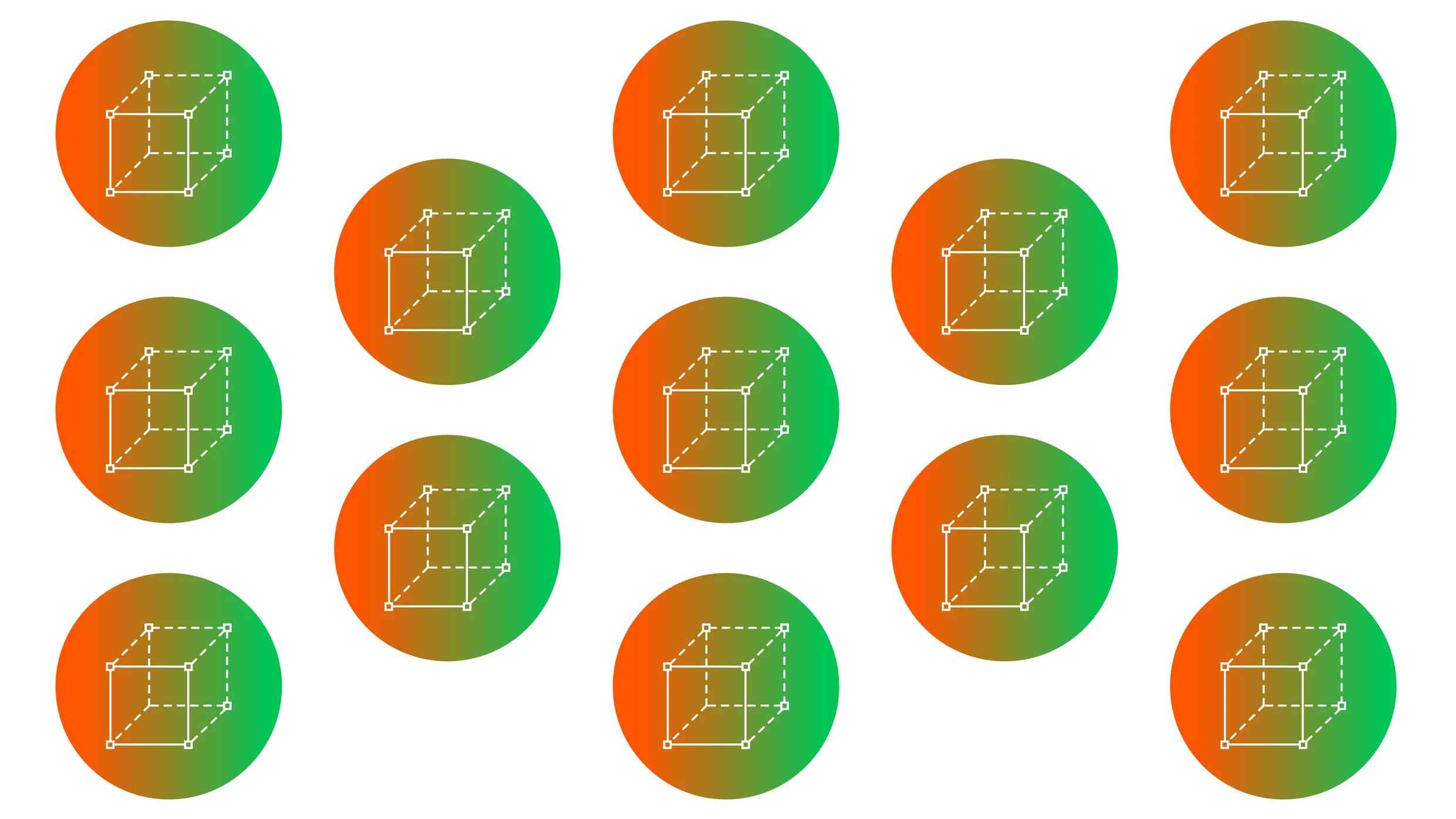- | 3:00 pm
As VR lets in more of the world, more of the world is coming to VR
What once was just fun now helps get things done.

For years, virtual reality has been portrayed as an immersive alternative to the real world.
Science-fiction tales from Neal Stephenson’s Snow Crash—which introduced the term “metaverse”—to the book and film Ready Player One have depicted users donning headsets to travel to alternate worlds or far-off corners of this one. That’s also been the focus of some of the highest-profile real-world VR apps, from Meta’s Horizon Worlds to immersive VR meeting room software. Even augmented and mixed reality have often been used to bring fantastical elements to the real world through experiences like Niantic’s megahit Pokémon Go.
But as AR and VR become more commonplace, the industry has shifted from portraying the technology as an imaginary place like the metaverse that you visit to a tool you turn to for specific and familiar reasons, like working on an airplane or watching a movie in private. Often, that’s delivered with image pass-through technology that lets you keep an eye on your surroundings at the price of full immersion. It’s an approach that may help appeal to a broader audience—and one that doesn’t rely on a new killer app making fully immersive VR a must-have experience.
The term spatial computing, notably championed by Apple with the Vision Pro, further emphasizes similarities with existing mobile and desktop devices. In essence, it’s another option for things you already do on your phone, tablet, or computer, with its own set of pluses and minuses and no need for complete isolation, which can turn off potential customers and make public use feel unsafe.
“Apple is probably trying to make these technologies more seamless in our material spaces,” says Brent Lucia, assistant professor in residence at the University of Connecticut School of Business.
That’s also the approach taken by Xreal, with its sunglasses-like hardware compatible with devices people are already using—from smartphones to gaming consoles. Qualcomm, which makes chips for a wide variety of devices, including Meta’s Quest systems, has released developer tools that adapt mobile apps for augmented reality.
Specialized AR and VR software makers have also lately emphasized getting concrete things done in the real world, like Medivis helping surgeons see inside the body before making the first cut, JigSpace allowing business presentations to include annotated 3D models, and XRHealth building technology for physical and behavioral therapy. Even businesses focused on building out-of-this-world VR experiences have emphasized new, less cumbersome motion-capture technology to let users move more freely. That includes Disguise, which provides motion capture and graphics technology for visual experiences like live concerts and TV broadcasts and virtual reality arcade chain Sandbox VR.
Of course, if prosaic business applications and TV streaming get VR technology into more hands, that may mean faster adoption of more novel use cases when they finally come along.
Explore the full 2024 list of Fast Company’s Most Innovative Companies, 606 organizations that are reshaping industries and culture. We’ve selected the firms making the biggest impact across 58 categories, including advertising, artificial intelligence, design, sustainability, and more.






































